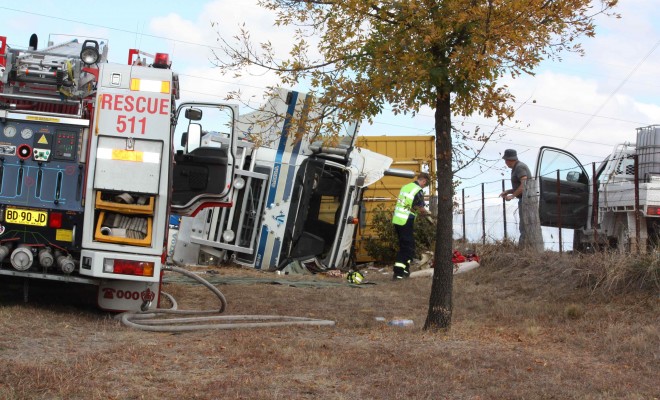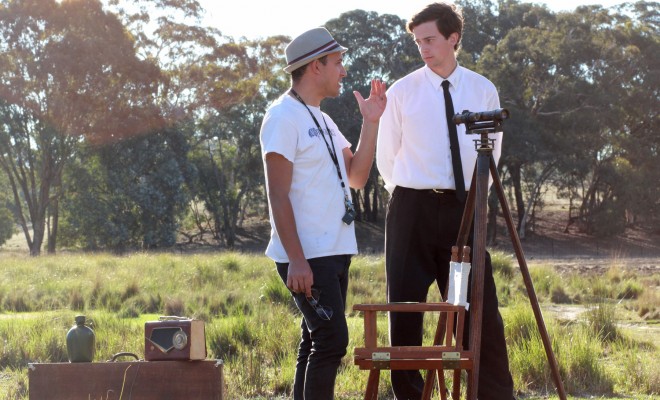 PHOTO: Katharyn Brine
PHOTO: Katharyn Brine
Yass Valley Council: Fit or not?
OPINION: Yass Valley Council has finally released to the community its scenario documents containing the options under consideration for its future direction.
The issue is not trivial, as councils that fail to demonstrate their ability to remain sustainable in the future may be subject to amalgamation.
This would not be a good outcome for the local control of local services and infrastructure.
The document contains some very good data that should assist to dispel some of those shibboleths precious to those that routinely criticise the work of our council.
First and foremost, Yass Valley Council stands well above other similar councils with respect to efficiency, staffing, and levels of services.
We should be proud of our Council and the way they do their work.
However, not everything is rosy because the same figures also show that we are not maintaining our assets and infrastructure anywhere as well as other councils in similar circumstances.
One important point arising from the document is that it makes it clear that all regional councils in NSW are suffering financially, principally due to the rate pegging legislation that was put into place back in 1977.
Part of the political response to the situation should be to make a coordinated approach to the NSW Government to either remove or modify the rate pegging legislation to enable councils to do their jobs properly.
It is very clear, though implicit, in the document that the immediate first step to remediating our dismal financial situation is to apply for a special rate pegging variation.
This is not very appealing to me as a rate payer, but I would rather have a council that can maintain our common infrastructure and provide effective services for the community.
The equation is clear; we can have minuscule rates and poor services… or more realistic rates and good quality roads, water, sewerage and other community services.
The neo-liberal obsession with low taxes has gotten us into this situation and it’s time that we acknowledge that we all need to pay and support our common weal.
The document confirms what we all have experienced, that the Yass Valley LGA has enjoyed a huge increase in population over the past five years, much more so than the similar councils against which we are compared.
However, the document does not show how that massive population growth has been translated into rate income.
We have not had a massive growth in the number of roads or other services, so where has the money gone? It would have been useful to have some data on this.
Finally, the three scenarios presented are all focussed on infrastructure maintenance. Is that the extent of what we are considering? Why no thought to making the cake bigger rather than just considering how we can get smarter about how to cut the pieces?
The Fit for the Future document suggests that the job of fixing things is not that difficult (but it will be more expensive for rate payers) and that there is scope to become more imaginative about ways to raise the level of council income so that more and better services can be provided to the people who live here.
After all, who wouldn’t want to have a covered pool available all year round here in Yass? All it takes is the acceptance that better services require us to contribute our share.
*Views expressed are the author’s own and not necessarily representative of Scoop Yass Valley.















